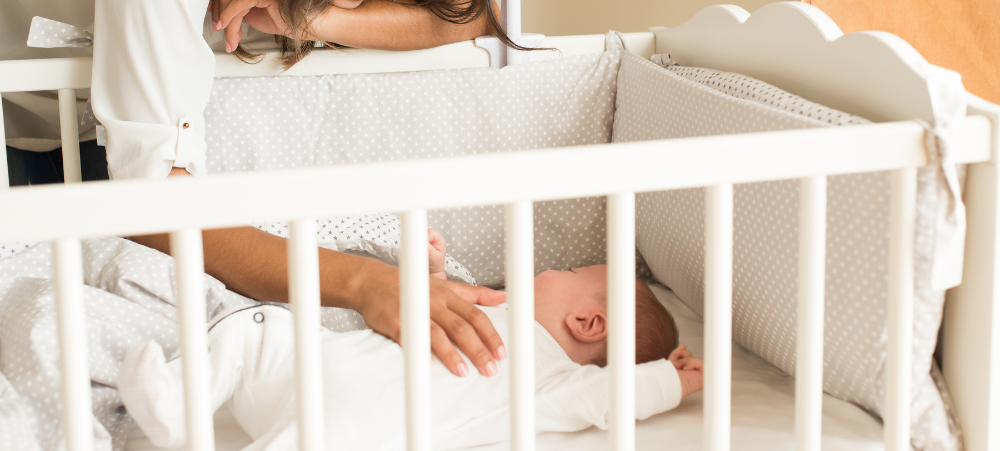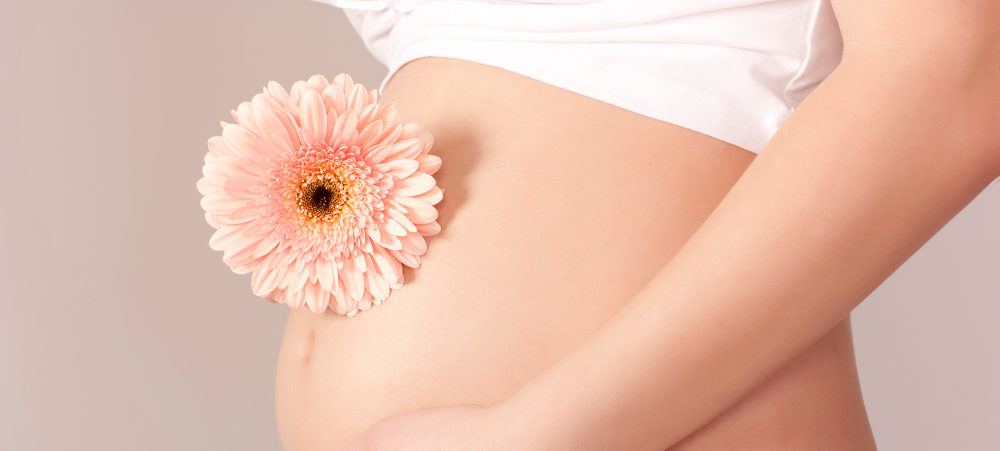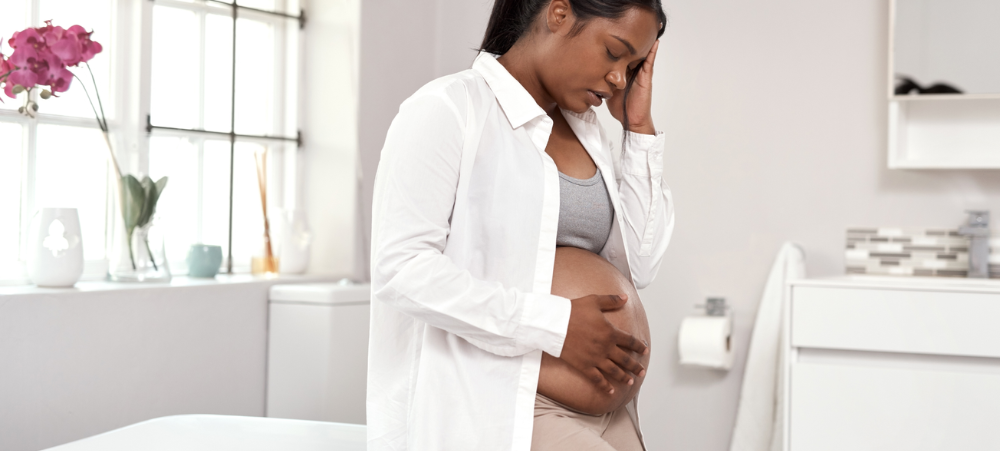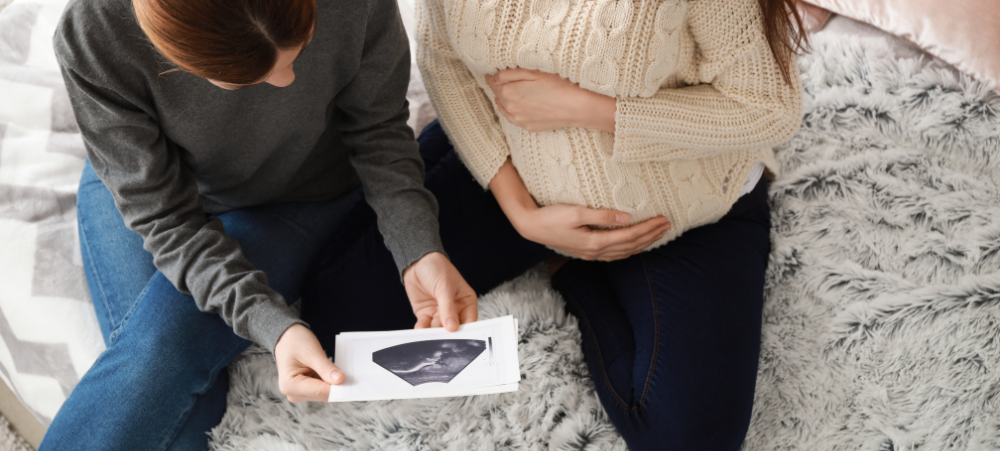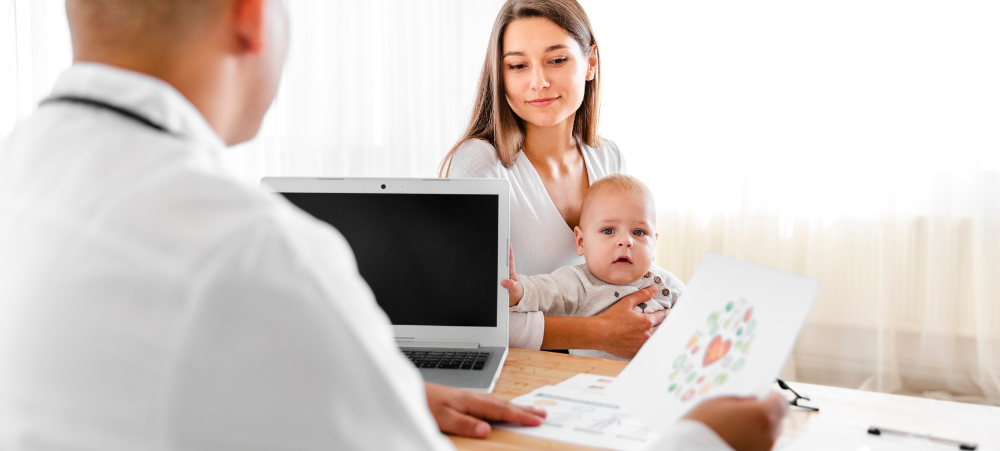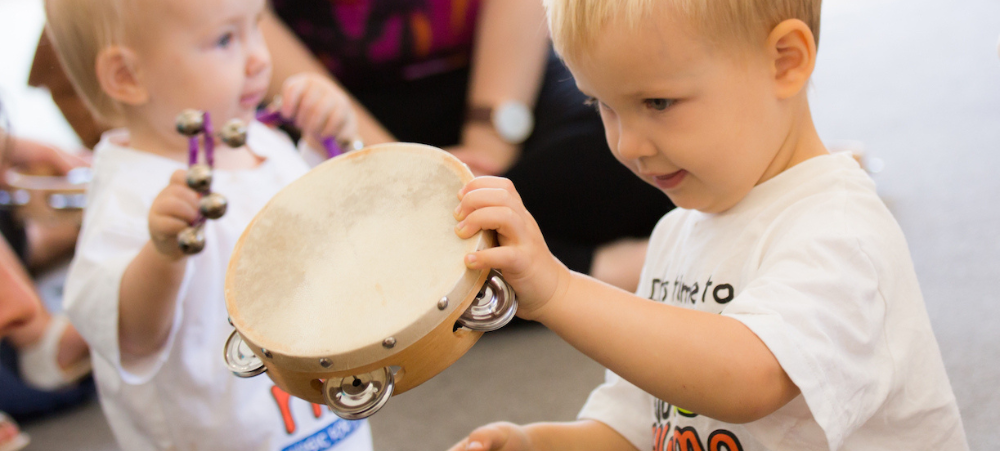
Sensory Defensiveness
Mary’s little boy was not doing anything by the book. He did not give her the usual two week honeymoon period after he was born. He just screamed from day1. He would not latch and within three weeks was being bottle fed, even though breastfeeding was so important to Mary. He cried all day every day – not colic hour – it was colic twelve hours! Then everyone said the crying would stop at 3 months, but it just got worse. By the time William was 6 months old, he had had every test under the sun. Mary was exhausted and was sick of the screaming – no one had said it would be so bad and she just felt like a useless mom. William suffers from what we call sensory defensiveness. He has an aversion to touch, even when it is nurturing. He recoils from smells and screams whenever a door bangs or a dog barks. By understanding what is at the root of his fussiness, his mom will have a much easier time managing his behaviour. We all have a specific threshold for sensory information, just as we have a pain threshold. If your baby’s threshold is high, he will be able to deal with a lot of sensory input and be happy and interactive without becoming over stimulated. However if your baby’s threshold is low, he will have a very low tolerance for sensory input. Soft and gentle touch may then seem threatening and painful. If all touch is threatening, being hugged, stroked and massage will not be pleasurable. Breastfeeding will be an intolerable event because it is fraught with tactile experiences, being skin to skin. Likewise if your baby has a low tolerance for sounds, he will stir very easily and wake at the slightest sound. Furthermore, a door banging or an unexpected dog bark will over stimulate your baby, causing him to cry. Being sensitive to smells is particularly overwhelming because the world is so full of odours and we battle to predict or control them. For a baby who is oversensitive to smells, an uncle who smokes or the smell of cooking in the kitchen may be totally unnerving. If you think your baby is an oversensitive baby, go to the checklist on this site to determine whether he suffers from sensory defensiveness. If your baby is sensory defensive, you should: Approach him with firm deep touch as opposed to light fluttery touch Schedule baby massage for the morning rather later in the day when he is already over stimulated Swaddle him for breast feeds to help him be calmer for feed times Not wear any perfume for the first year as he will probably be sensitive to it Wear your baby in a sling or pouch to calm him Play white noise or quiet lulling music to block out the effect of sudden loud sounds Speak to him before touching him so he is able to predict that your touch is coming If you suspect sensory defensiveness is at the route of your baby’s fussing, it is worth getting hold of an occupational therapist to determine whether he is sensory defensive and the extent to which the sensitivity will impact on his daily function. Being the parent of a sensory defensive baby is not easy and you may find he has a harder time settling than other babies. The support of a therapist will help you with ideas for daily life and keeping your baby happy.


